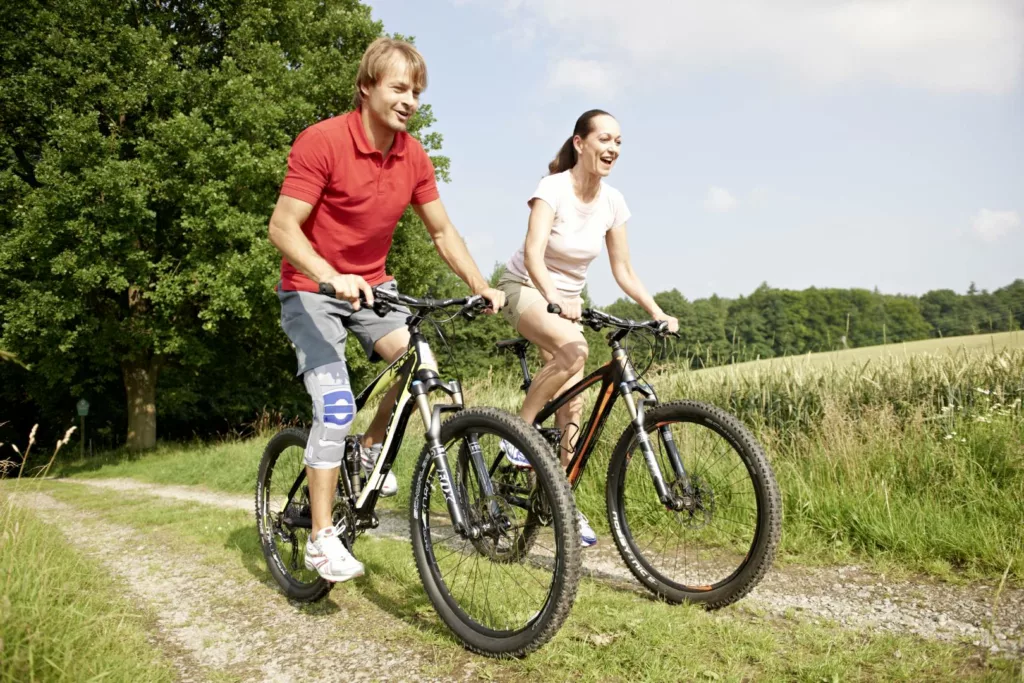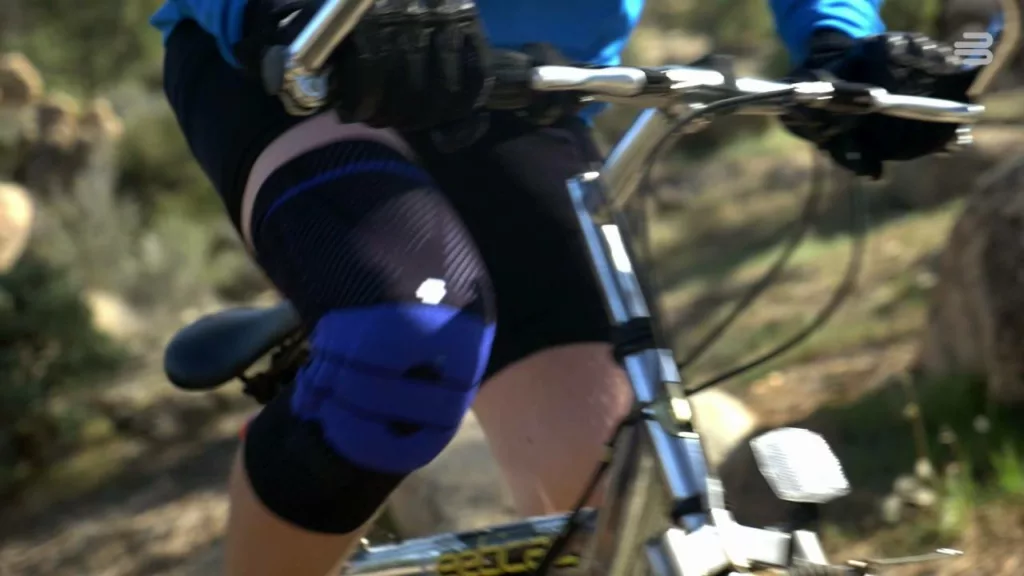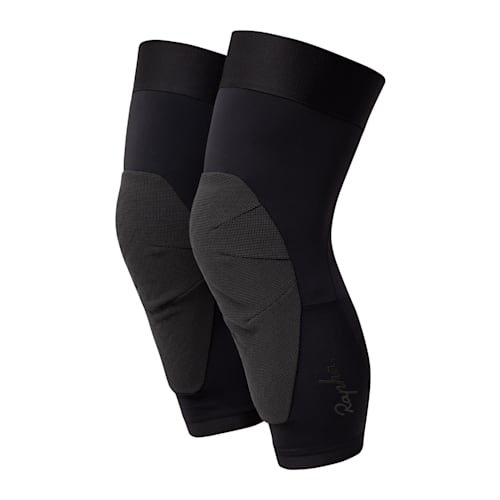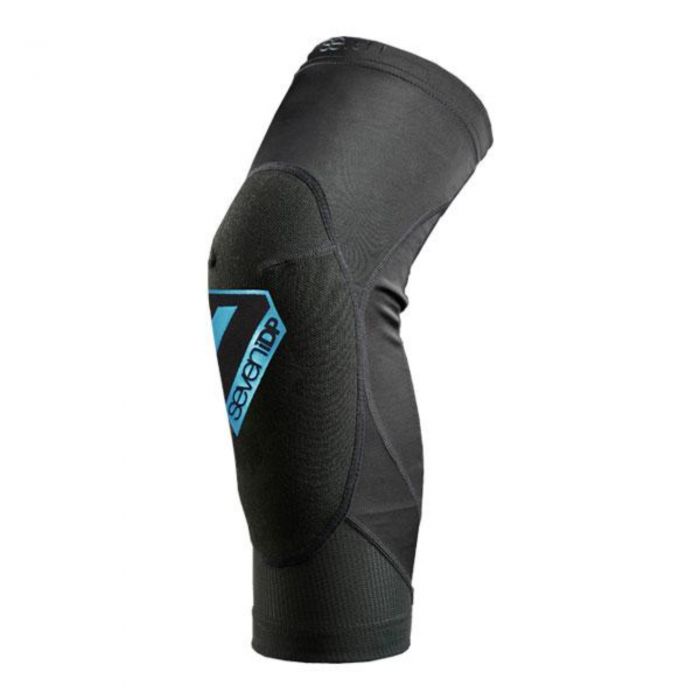Knee supports can be a game-changer for cyclists, offering both protection and enhanced performance. This article explores the benefits of using knee supports for those who love to cycle, whether they’re tackling rugged mountain trails or cruising city streets on commutes. We’ll discuss how knee supports can help prevent injuries, aid in recovery, and provide added stability during rides. Understanding the different types of knee supports available and how they can cater to various cycling needs is crucial for any cyclist looking to maintain knee health and improve their overall riding experience. Whether you’re a professional athlete or a casual rider, this insight into knee supports could be beneficial for your cycling routine.
Table of Contents
ToggleUnderstanding the Benefits of Knee Supports for Cyclists
Cycling is a highly physical activity that puts a lot of strain on the knees. This is where knee supports come into play. They offer a myriad of benefits, from injury prevention to enhanced performance.
Knee supports provide stability to the knee joint, reducing the risk of overextension or twisting which can lead to injuries. They also offer compression, which improves blood circulation and helps manage pain and inflammation. For cyclists who have previously suffered from knee injuries, knee supports can provide the additional support needed to prevent re-injury. They also aid in the recovery process, helping to reduce swelling and discomfort.
Another significant benefit of knee supports is that they can enhance performance. The added stability and support can help cyclists maintain proper form and technique, leading to more efficient pedalling and improved endurance. Knee supports also provide a psychological benefit. Knowing that your knees are protected can boost confidence and help you push your limits without fear of injury.
Boosting Cycling Performance with Knee Supports
Cycling is a demanding sport that requires strength, endurance, and proper technique. Knee supports can play a crucial role in enhancing these aspects, thereby improving overall performance.
The primary way knee supports enhance performance is by providing stability. This enables cyclists to maintain proper form and technique throughout their ride. With better form, cyclists can pedal more efficiently, leading to improved speed and endurance.
Knee supports also offer compression, which improves blood flow to the knee. This can help deliver more oxygen and nutrients to the muscles, enhancing their performance and reducing fatigue.
For cyclists recovering from injuries, knee supports can help them get back on their bikes sooner. They provide the necessary support and protection, allowing cyclists to gradually rebuild their strength and endurance without risking re-injury. Lastly, knee supports can provide a psychological boost. The added confidence of knowing your knees are protected can help you push harder and perform better.

Exploring Different Types of Knee Supports for Cycling
Yes, there are various types of knee supports available, each designed to cater to different needs and preferences. The most common types include knee sleeves, knee braces, and patellar straps. Knee sleeves are the most basic type of knee support. They provide compression and warmth, which can help improve circulation and reduce pain and swelling. They’re ideal for cyclists who want a lightweight and flexible support option.
Knee braces are more rigid and provide a higher level of support. They’re often used by cyclists recovering from injuries or those who need additional support due to chronic knee conditions. Most knee braces have straps that can be adjusted for a custom fit.
Patellar straps, also known as jumper’s knee straps, are designed to provide targeted support to the patellar tendon. They’re often used by cyclists who experience knee pain due to conditions like patellar tendinitis.
Choosing the Right Knee Support for Cycling
Choosing the right knee support depends on several factors, including your specific needs, the type of cycling you do, and your personal comfort.
If you’re a recreational cyclist looking for general knee support, a knee sleeve might be sufficient. It provides compression and warmth, which can help improve circulation and reduce minor aches and pains. For more intense cycling or if you’re recovering from an injury, a knee brace might be a better option. It offers more support and stability, helping to protect the knee from further damage. If you’re experiencing specific knee pain, such as patellar tendinitis, a patellar strap might be the best choice. It provides targeted support to the patellar tendon, helping to alleviate pain and inflammation.
Comfort is also a crucial factor. The knee support should fit snugly but not too tight that it restricts blood flow. It should also be made of breathable material to prevent excessive sweating and chafing.
The Role of Knee Supports in Preventing Cycling Injuries
Cycling, especially at a competitive level, can put a lot of strain on the knees. This can lead to various injuries, from minor strains and sprains to more serious conditions like patellar tendinitis or meniscus tears.
Knee supports can play a crucial role in preventing these injuries. They provide stability to the knee joint, helping to prevent overextension or twisting that can lead to injury. The compression they provide can also improve blood circulation, helping to keep the knee joint and surrounding muscles healthy and resilient.
However, it’s important to note that while knee supports can significantly reduce the risk of knee injuries, they’re not a foolproof solution. Proper training, warm-up and cool-down routines, and maintaining a healthy body weight are also crucial in preventing cycling injuries.

Considering the Potential Downsides of Using Knee Supports for Cycling
While knee supports offer many benefits, there could be potential downsides if not used correctly. One potential issue is over-reliance. Some cyclists might become too dependent on knee supports, which could lead to the weakening of the knee muscles over time.
Another potential downside is discomfort. Some cyclists might find knee supports uncomfortable, especially during long rides. They might cause sweating, chafing, or restrict movement if not fitted correctly.
Lastly, knee supports can’t cure underlying knee problems. While they can alleviate symptoms and provide support, they’re not a substitute for proper medical treatment for knee conditions or injuries.
Caring for and Maintaining Your Knee Supports
Proper care and maintenance can extend the life of your knee supports and ensure they provide optimal support and protection. Here are some tips:
Firstly, always follow the manufacturer’s care instructions. Most knee supports can be hand or machine-washed with mild soap. Avoid using bleach or fabric softeners as they can degrade the material. After washing, let the knee support air dry. Avoid using a dryer as the heat can damage the material and affect its elasticity. Inspect your knee support regularly for signs of wear and tear. If you notice any damage, it’s best to replace it to ensure it provides adequate support. Store your knee support in a cool, dry place when not in use. Avoid exposing it to direct sunlight as it can cause the material to degrade over time.









